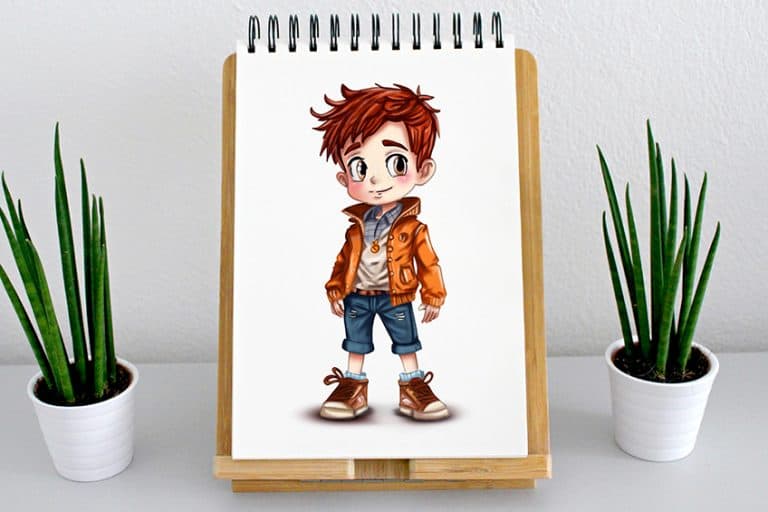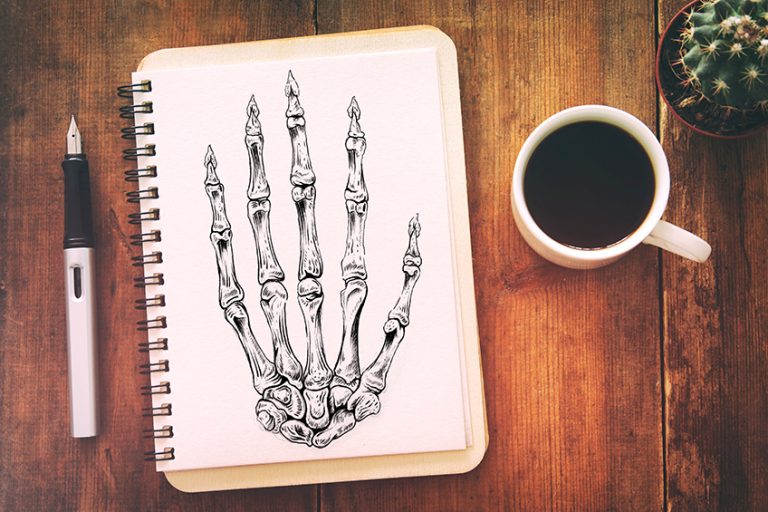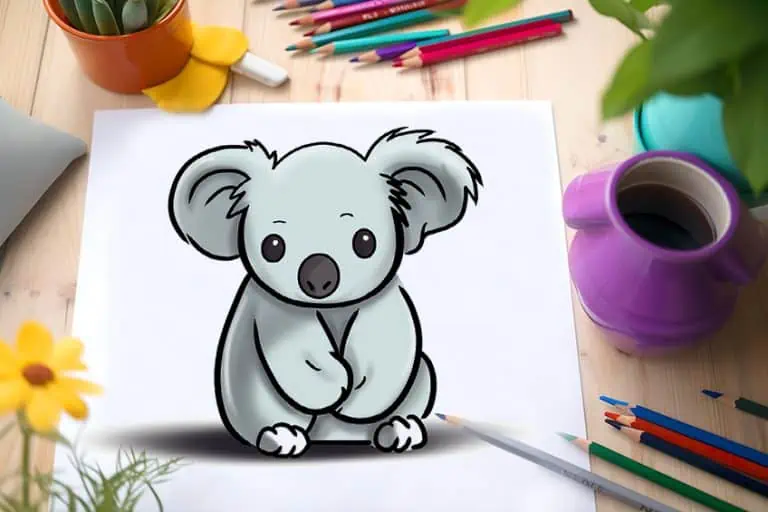Benefits of Drawing – How Drawing Helps Both the Mind and Soul
This post may contain affiliate links. We may earn a small commission from purchases made through them, at no additional cost to you.
In a world saturated with screens and digital distractions, the timeless art of drawing emerges as a beacon of creativity and mindfulness. Unlocking a realm where imagination knows no bounds, the benefits of drawing extend far beyond mere strokes of a pencil on paper. Delving into the advantages of drawing unveils a treasure trove of cognitive, emotional, and psychological enhancements. From refining fine motor skills to fostering emotional catharsis, the journey into the realm of artistic expression promises a palette of benefits that enriches both mind and soul.
Table of Contents
How Drawing Improves Mental Health
Amid the hustle and bustle of modern life, where stress lurks around every corner and anxiety tiptoes through the mind, the simple act of putting pencil to paper holds a remarkable power. Enter the enchanting world of drawing, where the rhythmic dance of lines and shapes not only creates art but also bestows a cascade of benefits upon mental well-being. The advantages of drawing extend beyond the realms of aesthetics, delving deep into the intricate corridors of our minds to soothe, heal, and elevate our mental health.
At the heart of the benefits of drawing lies a captivating interplay between focus and release.

When one engages in the act of drawing, a harmonious symphony unfolds, requiring keen attention to detail and a meditative immersion into the present moment. As strokes meld into one another, concentration deepens, casting aside the worries that often clutter the mind. This focused engagement acts as a potent antidote to the ceaseless mental chatter that can lead to anxiety and restlessness. The rhythmic flow of lines and the absorption in creation create a tranquil oasis within, a sanctuary from the chaos of everyday life.
Drawing’s Effect on Our Emotions
But the advantages of drawing extend far beyond the surface of concentration. Beneath the layers of ink and graphite, the act of artistic expression taps into a wellspring of emotions, offering a conduit for their release and exploration. As colors merge and contours take shape, an intricate dance with emotions unfurls. Unspoken feelings find voice through strokes, granting an avenue for catharsis. The canvas transforms into a canvas of the soul, capturing the shades of joy, sorrow, and everything in between. This emotional purging is a powerful therapeutic tool, liberating the mind from the shackles of pent-up feelings and nurturing emotional resilience.
Moreover, the benefits of drawing are not confined to the moments spent hunched over a canvas or sketchbook. The reverberations of this artistic endeavor echo long after the final line has been drawn.
The process of creation instills a sense of accomplishment, nurturing self-esteem and boosting confidence. Each completed work, whether a rough sketch or a masterpiece, becomes a testament to one’s creativity and perseverance. This sense of achievement extends its reassuring hand into other realms of life, reminding us of our capabilities in the face of challenges. Drawing, with its intricate interplay of hand and mind, ushers in a state of mindfulness that is often elusive in today’s fast-paced world. The sheer act of observing the nuances of lines, shadows, and textures engenders a meditative trance.

Time slows down, worries fade, and a serene connection with the present moment flourishes. This mindfulness, honed through the advantages of drawing, seeps into the tapestry of daily existence, enhancing our ability to navigate stressors with grace and clarity. In the grand tapestry of life, the benefits of drawing are threads that weave through the very fabric of our mental health. It is an art form that invites us to not only observe but to participate actively in our journey towards emotional equilibrium. As we reach our hands into our collection of colors, we become artisans of our own emotional landscapes.
Through every stroke, we inch closer to self-discovery, self-expression, and self-care.
How Drawing Enhances Motor Skills
Throughout any form of artistic creation, where imagination takes flight and visions manifest into reality, an intricate interplay between mind and hand emerges – one that extends beyond mere creativity. The benefits of drawing are a tapestry woven with threads of enhanced fine motor skills, a testament to the harmonious choreography between the artist’s imagination and the dexterity of their fingers. Drawing benefits the development of fine motor skills through a journey of meticulous movements and deliberate strokes.
At the heart of this process lies the refinement of hand control, a skill as delicate as a spider’s silk yet as intricate as a tapestry’s weave.
As the artist’s hand cradles the pencil and guides it across the canvas, the brain orchestrates a symphony of neural connections, transforming ideas into intricate lines, curves, and textures. With each stroke, the hand hones its ability to execute precise movements, an evolution that extends far beyond the art studio. The advantages of drawing on fine motor skills are most evident in the hands of those who wield the pencil with grace and precision. Artists, like virtuosos of movement, transcend mere doodles and sketches, seamlessly blending creativity with control. The mastery of their craft is not just a reflection of artistic prowess, but a testament to the artistry that the human hand can achieve.

Fingers glide effortlessly, tracing contours and infusing life into every detail – a feat that finds echoes in everyday tasks where grace and accuracy are paramount. As artists embark on a journey of refinement, the canvas becomes a realm of exploration for their hands. The quest for perfection propels them to experiment with pressure, angle, and nuance, sculpting lines that resonate with intention. This devotion to detail, born from a desire to capture the essence of their imagination, refines the sensory feedback loop between the fingers and the brain.
The touch of paper becomes an intricate language, translating tactile sensations into a symphony of precise movement.
Drawing’s Effect on the Physically Challenged
Yet, drawing’s influence on fine motor skills extends its benevolent touch even further, reaching individuals with diverse challenges. For those navigating conditions that impact their dexterity, the act of drawing becomes a haven of empowerment. With unwavering determination, they transcend obstacles, reshaping lines and curves that reflect their indomitable spirit. The canvas becomes a sanctuary where limitations yield to the boundless potential of human perseverance.
In the ever-expanding narrative of human evolution, the role of drawing in enhancing fine motor skills is a testament to the symbiotic dance between creativity and control.
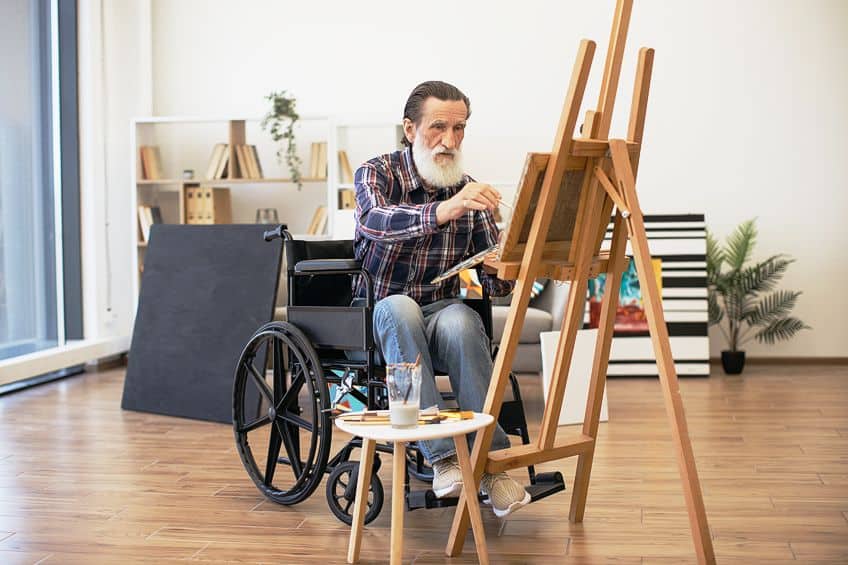
The benefits of drawing are not confined to aesthetics; they echo in the delicate grace of hands that create art and craft the world around them. Each stroke, each contour, and each intricate detail serve as brushstrokes on the canvas of human potential – a canvas where the partnership between imagination and finesse is celebrated in every meticulously drawn line.
How Drawing Benefits Cognitive Development
The advantages of drawing for cognitive development are akin to the alchemical fusion of mind and canvas. As an artist’s hand dances across the paper, a symphony of cognitive processes orchestrates this seemingly effortless ballet of lines and shapes. At the heart of this interplay lies the magic of spatial reasoning – a cognitive gem that transforms two-dimensional notions into a multidimensional tapestry of depth and perspective. With every stroke, the brain’s spatial processing centers begin to spark, igniting an intricate dance of calculations that enable the artist to perceive and recreate the three-dimensional world on a flat surface.
But the benefits of drawing extend their nurturing embrace to far more than spatial reasoning alone.
As artists translate their ideas into concrete forms, their cognitive toolkit swells with a diverse array of skills. Problem-solving takes center stage as they navigate the intricacies of composition, proportion, and balance. Each decision is a puzzle to be solved, each mark a calculated solution – a process that exercises the brain’s analytical faculties and cultivates a sharper, more agile mind. Furthermore, drawing’s influence on cognitive development is a testament to its unique role in enhancing memory.

The act of translating mental images into tangible sketches engages memory pathways, encouraging the brain to weave a rich tapestry of associations. As an artist captures the essence of a scene or an object, they imprint it into their memory, creating a visual repository that can be retrieved and referenced. This exercise in memory recall bolsters the brain’s ability to store and retrieve information – a skill that transcends the canvas, empowering individuals to excel in academic pursuits and professional endeavors.
How Drawing Promotes Self-Expression and Communication
Drawing has often emerged as a powerful medium that transcends words, capturing the essence of thoughts, emotions, and stories. Beyond the strokes of color and lines lies a profound avenue for self-expression and communication, a symphony where the artist’s innermost narratives find their voice on the canvas of existence. The benefits of drawing are a testament to the unique language it offers – an unspoken dialogue between the artist’s soul and the world. As the pencil touches the paper, an invisible bridge forms, connecting the reservoirs of thoughts and feelings to tangible manifestations.
This act of externalizing the internal is a profound journey of catharsis – a therapeutic process where tangled emotions unravel, leaving behind a tapestry of colors and shapes that unveil the complexity of human experience.

Drawing benefits self-expression by granting individuals a safe haven to share their unfiltered selves. In a world often characterized by the pressure to conform, the canvas becomes a sanctuary of authenticity – a realm where imperfections are not only accepted but celebrated. Through the lines that form and the colors that blend, artists voice their unique perspectives, offering a rare glimpse into the kaleidoscope of their minds. This unfiltered sharing of the self cultivates a sense of empowerment, reminding artists that their voices, however, abstract or vivid, hold tremendous value.
Drawing’s Effect on Self-Expression and Communication
Furthermore, the advantages of drawing for self-expression extend beyond the internal dialogue; they enrich interpersonal connections as well. When words fall short or emotions run deep, drawings become bridges of understanding – a visual lexicon that traverses language barriers and transcends cultural differences. The artist’s creation serves as a treasure map, guiding viewers through the labyrinth of their thoughts and emotions. In this shared experience, empathy flourishes, as observers relate to the unspoken tales that dance before them.
The benefits of drawing as a mode of communication are particularly poignant for those who struggle to articulate their feelings verbally. Children, in their innocence, often face the challenge of translating complex emotions into words. For them, drawing offers a haven where emotions can be illustrated, and feelings can be painted with the strokes of imagination.
Similarly, individuals grappling with mental health challenges, who find solace in the silence of artistic expression, discover a powerful medium through which to communicate their inner turmoil. In the grand symphony of human relationships, drawing’s role in promoting self-expression and communication forms a melodious refrain that transcends boundaries. The canvas is a universal platform – a blank slate where artists inscribe their stories, musings, and memories.
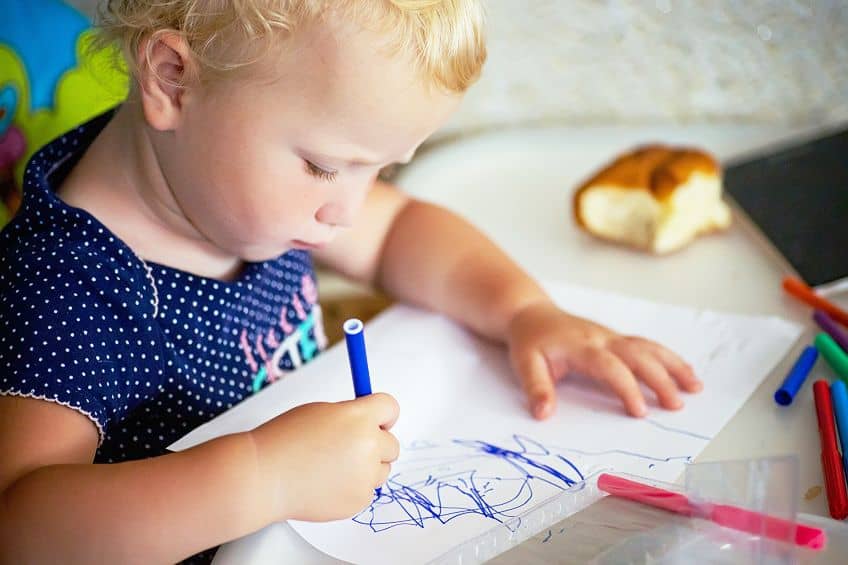
This shared language of artistry fosters connections that ripple through time and space, reminding us that while languages may vary, the human experience is a tapestry woven with threads of emotions that bind us all. The act of drawing benefits not only the artist but also the observer. In this dance of creation and interpretation, a dialogue is sparked – a dialogue where one’s gaze becomes an invitation to delve into another’s world, and where each line is a note in a narrative waiting to be deciphered. Viewers engage not only with the art but with the artist, forging connections that echo with resonance long after the sketchbook is closed.
In closing, the benefits of drawing stands as a vibrant thread that weaves together the realms of creativity, cognition, and emotional expression. Beyond the strokes of pencil and the splashes of color lies a world of profound transformations, where fine motor skills evolve, minds expand, and souls find solace. The canvas becomes a mirror reflecting the intricate nuances of our thoughts and feelings, offering a safe haven for self-expression that transcends the limitations of language. With every stroke, the benefits of drawing illuminate a timeless truth: that within the act of creation, we uncover not just art, but a boundless realm of growth, connection, and the relentless pursuit of the beauty that resides within us all.
Frequently Asked Questions
What Are the Main Benefits of Engaging in Drawing?
Drawing is a skill that offers a wide range of benefits. It includes the enhancement of one’s cognitive skills, while also boosting their creativity, improving their fine motor skills, promoting self-expression, and perhaps, more importantly, providing a therapeutic outlet for stress.
Do You Have to Be Naturally Talented to Benefit from Drawing?
Thankfully no, as artistic talent is not a prerequisite to benefit from drawing. The act of drawing itself holds value regardless of one’s skill level. It is about the process, self-expression, and the personal growth it can foster.
Matthew Matthysen is a multidisciplinary artist. He completed his fine art degree, majoring in History of Art and Contemporary Drawing Practice at the University of Witwatersrand, South Africa. Before joining acrylgiessen In 2020, Matthew worked part-time as an art teacher at Reddford Blue Hills High school. Matthew creates drawing and painting tutorials for acrylgiessen and captures them not only photographically and in written form. He also records the creation of his works in his own creative studio as in video format, from which later with a voiceover and a video editor also drawing tutorials for the Youtube channel of acrylgiessen are created.
Learn more about Matthew Matthysen and about acrylgiessen.



